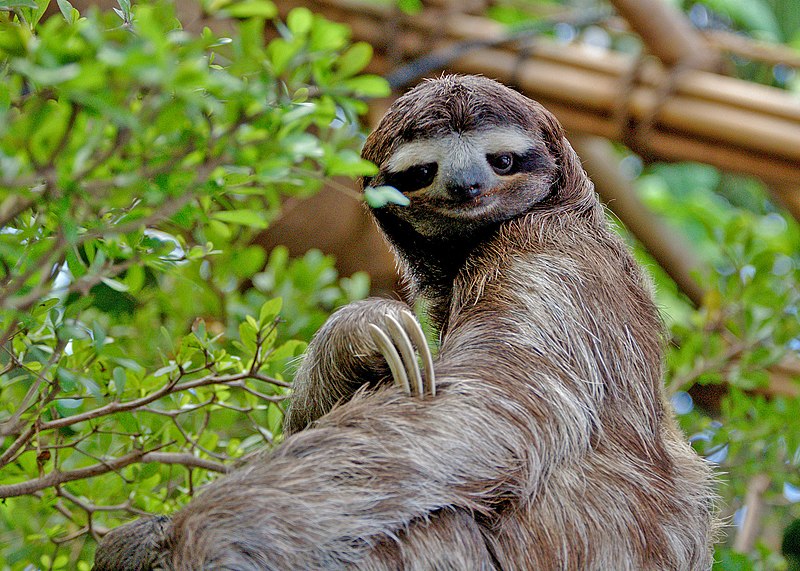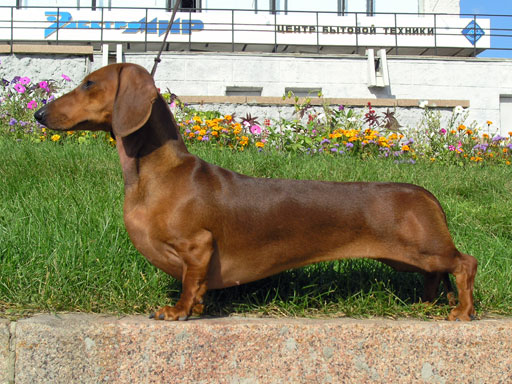I'm currently reading Richard Dawkins' The Greatest Show on Earth. And it's awesome. For those of you who get offended or irritated by Dawkins' attitude towards religion*, fear not! He barely mentions it**.
The book instead is a fascinating, straightforward and entertaining explanation of evolution. And I have to say I'm confused. Not by the evolution thing, but by the people who say they "don't believe in it". Because, well, here:
1. Dog breeders select dogs that carry desired traits to mate and produce puppies. Like a ridge on a Rhodesian Ridgeback, or a long body and teeny legs on a dachshund***. The parents pass these traits on to their puppies. And over time, the desired traits become more pronounced. Here are three pictures of a dachshund - the first from the 1800s, the second from 1915, the third a contemporary dog. This is what we call artificial selection.
2. This happens in nature, too. Peahens are attracted to peacocks with fancy bright plumage - it shows that they're healthy and strong. So the peacocks with the brightest, fanciest plumage are more likely to be chosen as a mate, will mate more times, have more offspring, and will pass their traits onto those offspring. This process is sexual selection.
3. And just one step further on, traits develop and endure without a breeder or potential mate actually choosing them. The critter that has the longest legs, the best eyesight, the most effective camouflage, will survive longer, produce more offspring and pass on those traits. This is called natural selection.
So what's evolution? Evolution is the name we give to random mutations in the gene pool. So for every giraffe that's born with a longer neck, there's one born with a twisted spine, or a stumpy tongue, or a slightly different coloured hide, or an infinite number of other random mutations. And some of these random mutations make no difference at all. Some make it harder for that giraffe to survive - the twisted-spine giraffe might not live as long as one with a straight spine. And the long-necked giraffe might live longer and be healthier because it can reach higher branches than other giraffes, with fresh new leaves. And because that giraffe is healthier and lives longer, it has more opportunities to mate and pass on its long neck to offspring.
So what confuses me is... how can people deny evolution? Being able to observe evolution and natural selection working together is fascinating and awesome and utterly beautiful. And while I personally am not religious, I don't particularly see how what I just said above necessarily excludes the existence of God. Maybe the existence of the Ark...
'Oh,' they say, 'but it's just a theory.'
It is. But there are two definitions of theory. One means 'hypothesis proposed as an explanation'. The other means 'A scheme or system of ideas or statements held as an explanation or account of a group of facts or phenomena; a hypothesis that has been confirmed or established by observation of experiment, and is propounded or accepted as accounting for the known facts; a statement of what are held to be the general laws, principles or causes of something known or observed'.
It is not the job of scientists to prove things. That is the job of mathematicians. A scientist's job is to try really really hard to disprove something, and fail. They have failed to disprove the theory of evolution. If evolution is just a theory, then so is gravity. And the theory that the sun is bigger than the moon. And the theory that the planets orbit the sun.
Anyway. I haven't actually finished the book yet. I'm just finding it fascinating and wanted to share.
_______________
*although to be honest I think he's vastly misrepresented in the press.
**apart from a rather amusing story about people trying to get around the no-meat-only-fish-on-Fridays rule. One community decided it was okay to eat a critter that was like a giant swimming hamster, because it swam, so it must be a fish. The French Catholics were even more sneaky - they lowered a leg of lamb into a well and then "fished" it out again, making it alright to eat.
***often to the detriment of the animal's health. Did anyone else see that documentary? Horrifying.




























